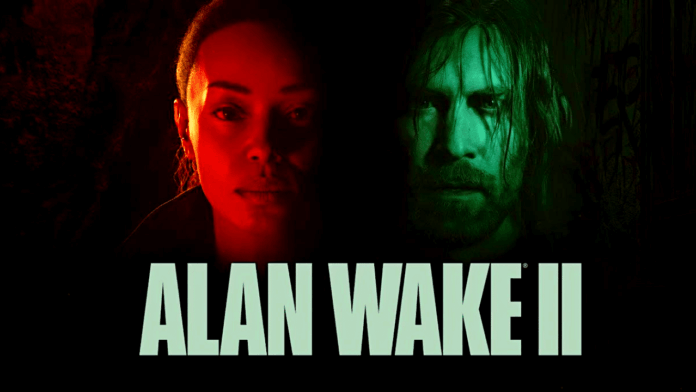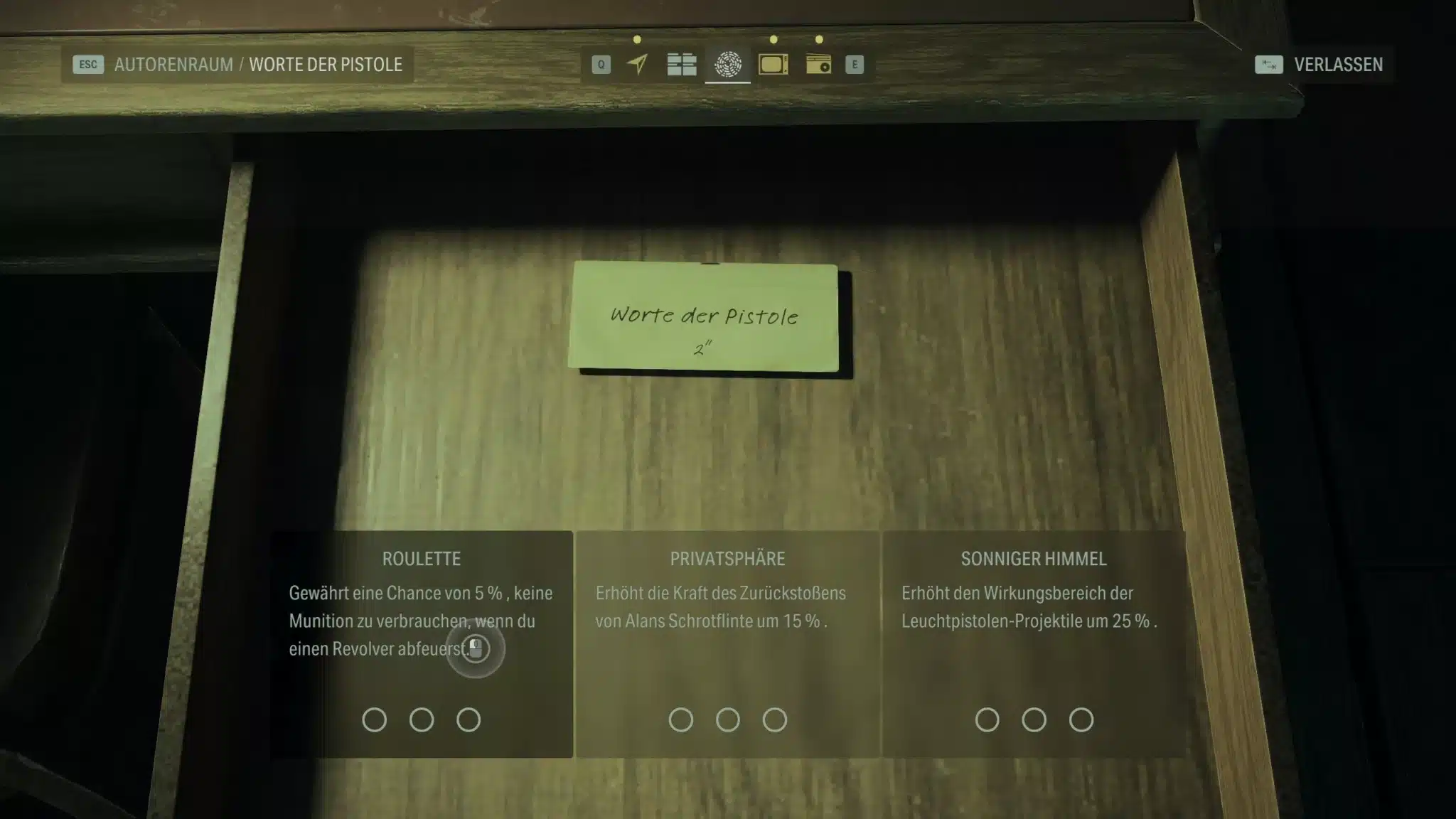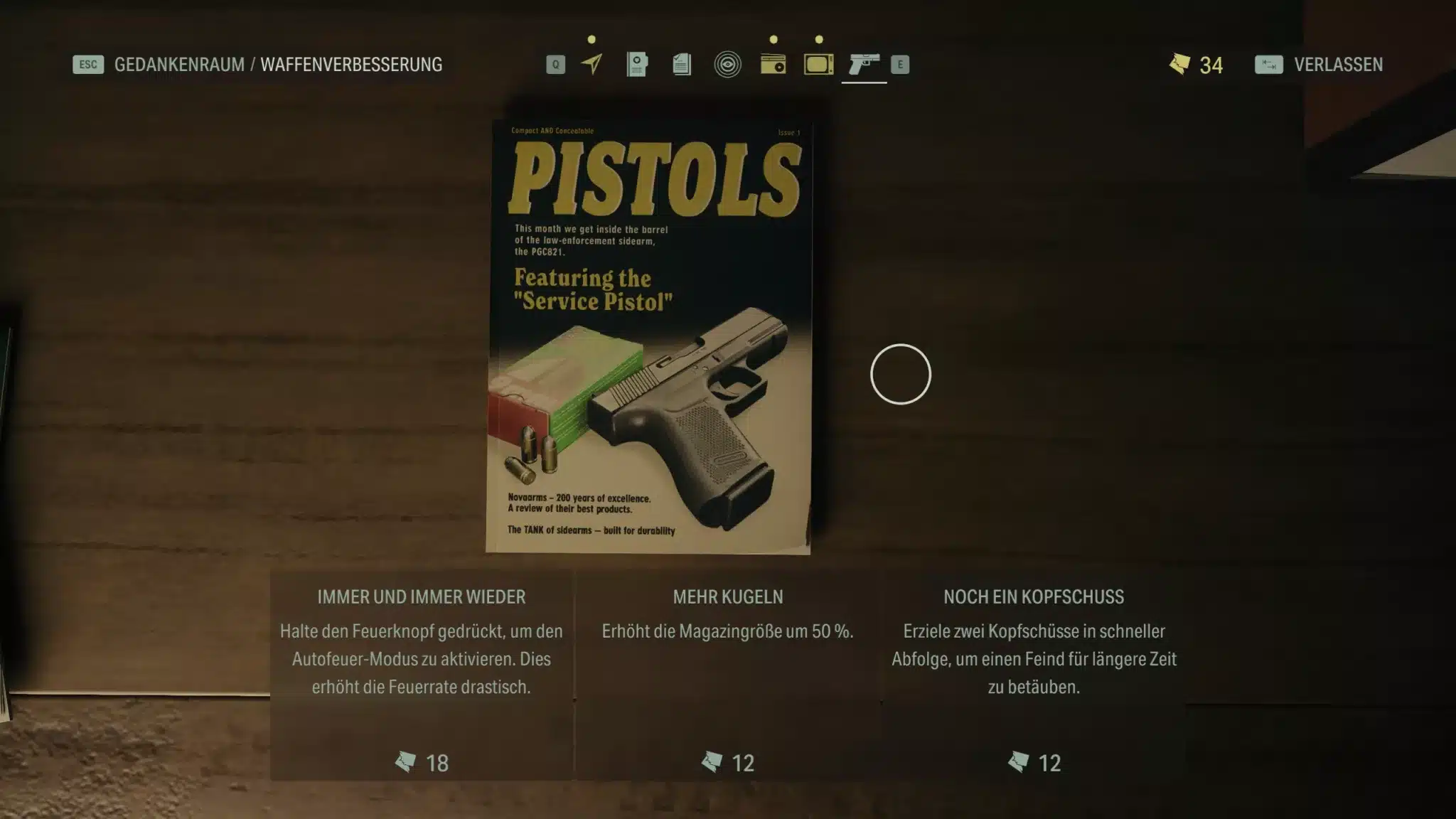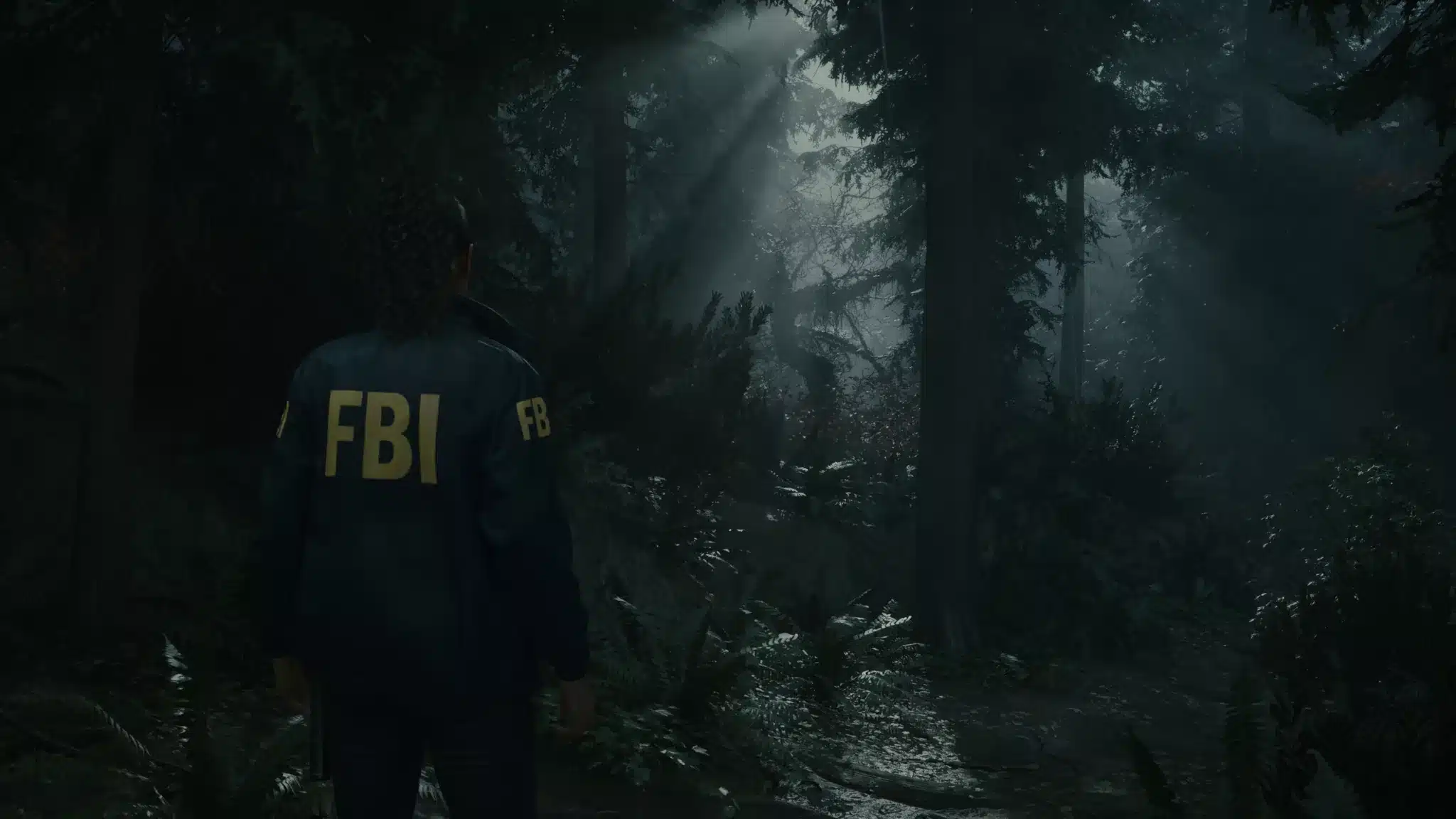After 25 hours of play, we can”t stop thinking about this game: Was 13 years of waiting worth it?
Tousled hair, dark circles under the eyes and a wild look: No, I”m not describing the eponymous writer from Alan Wake 2 right now, but my own reflection. Because testing the action horror game is giving me sleepless nights.
First, because playing it felt like a race against time. The test version came just a few days before the embargo fell … and Alan Wake 2 just wouldn”t end. Now I know the end of the sequel, can finally give you a final rating and still lie awake at night. Because this game won”t get out of my head
After almost 25 hours of play, I can finally draw my conclusion: Is the return to Bright Falls worth it at all after a long 13 years? Can the horror game be continued reasonably at all – or is Remedy just serving us the same thing again in green? And do you really have to be afraid of the high system requirements? I haven”t had any sleep for a long time, but I have answers to all of these questions!
Table of Contents
Return to Bright Falls
I”ve waited enough! 13 long years! In Azkaban! Well, not quite – but eeefinally the writer is back! I didn”t expect this at all after the turbulent development history of Alan Wake 2. Poor sales figures of the predecessor, no interest in a sequel on the part of publisher Microsoft, wandering trademark rights and and and.
But now the sequel is actually here and takes me back to the not so idyllic small town Bright Falls. Because Alan Wake 2 picks up where the predecessor left off – only a whole 13 years later.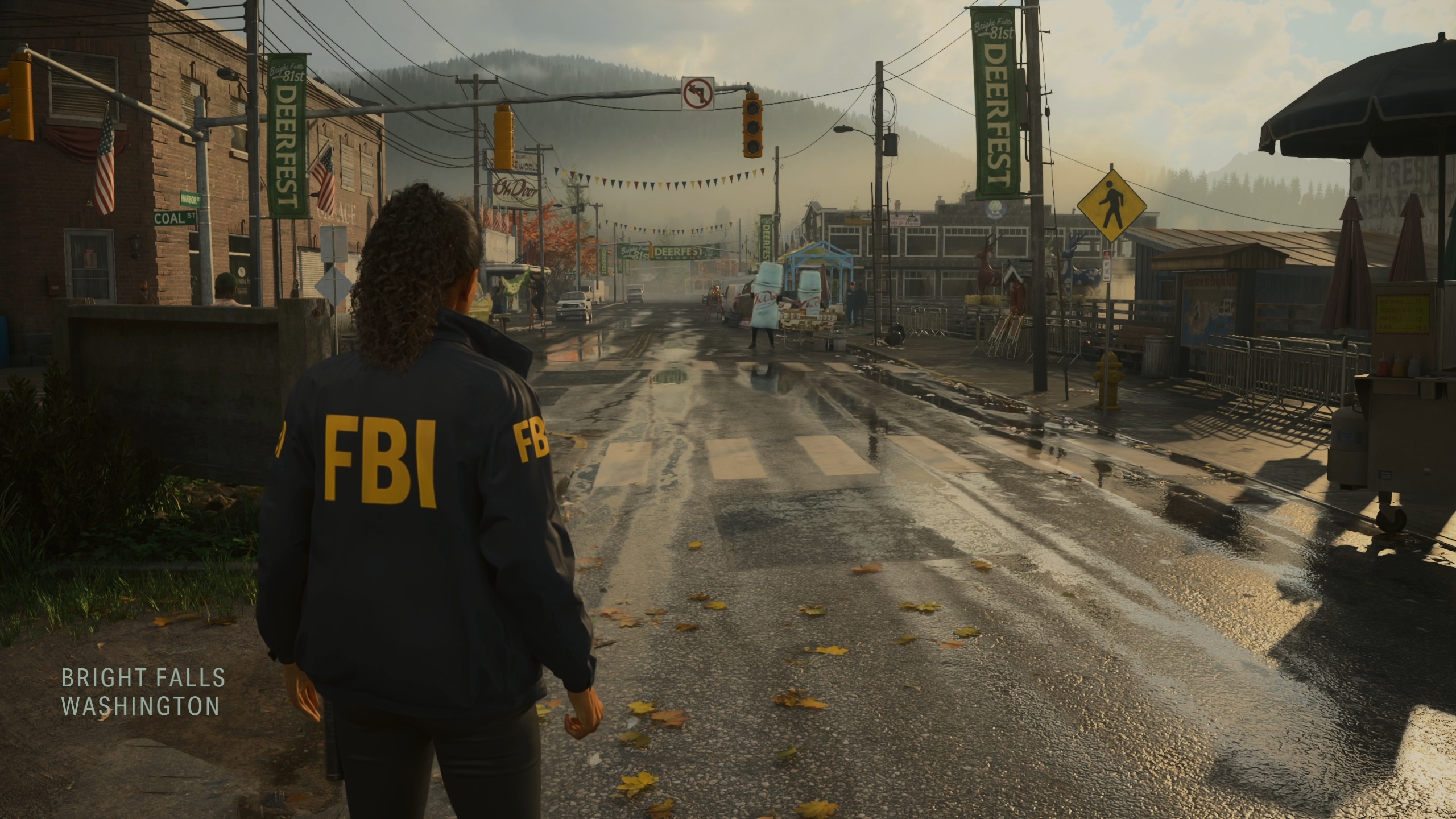
After Alan”s tragic disappearance, I first slip into the role of FBI agent Saga Anderson, who investigates mysterious murders with her partner, who, by the way, is no stranger (wink, wink). An ominous cult is up to no good here, and Alan”s works serve as inspiration and holy scripture. Might the writer himself have something to do with it?
To find out, I first spend a lot of time exploring the area, visiting places from the first part like the Oh Deer Diner, meeting familiar (and still confused) faces like Rose”s, and eagerly searching for clues and anomalies.
Warning: If you want to jump straight into action and fights, you might be in the wrong place. Because Alan Wake 2 takes a long time at the beginning until the first fight happens – but more about that later.
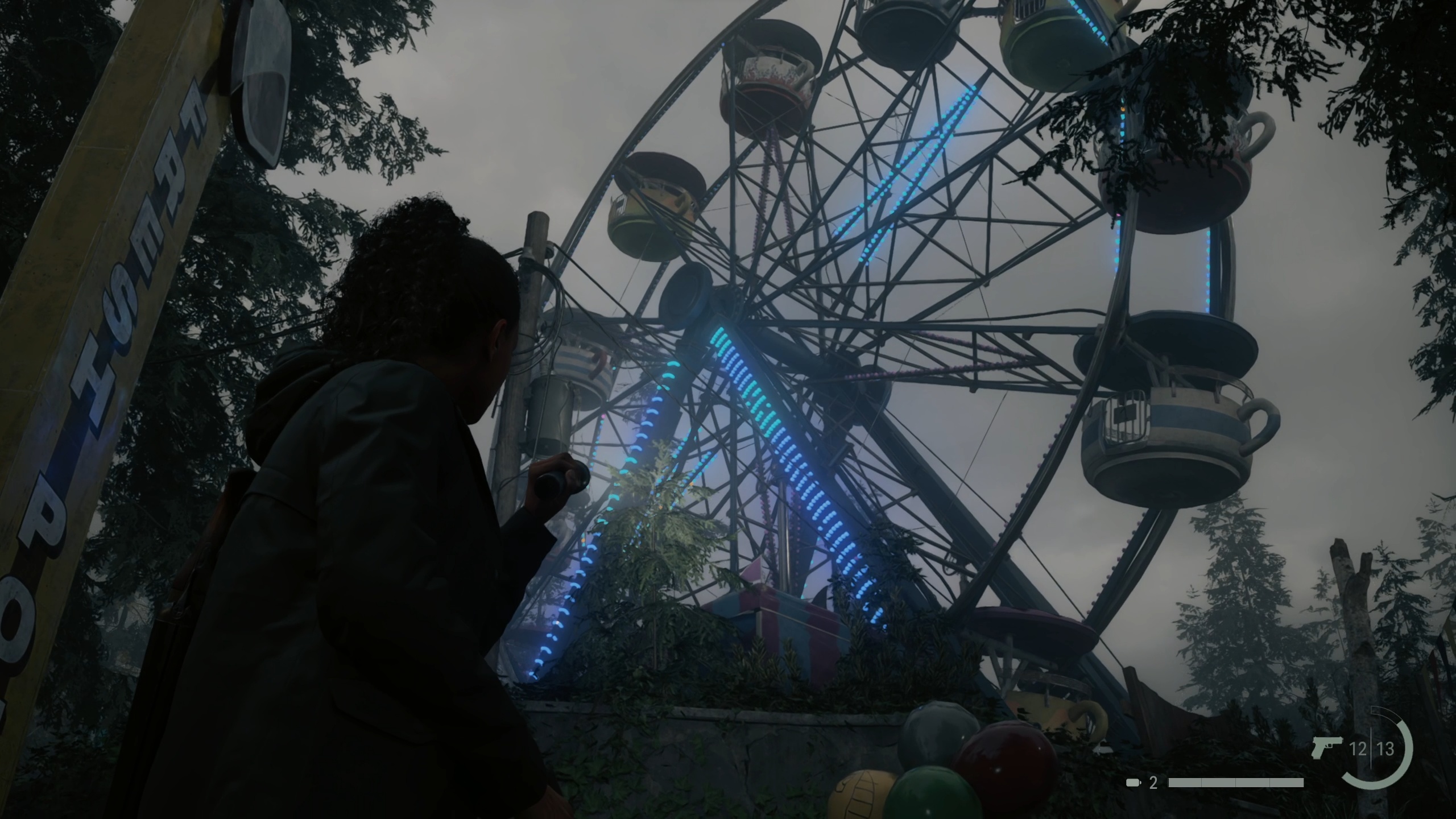
Do I need to have played the first part?
You don”t necessarily need to know the prequel to understand the story. Alan Wake 2 picks up events from the first part and explains them in detail, in case you missed Alan Wake 1. So you can get through the game very well without any previous knowledge. However, you will miss the many allusions – also to other Remedy games like Control, Easter Eggs and of course the one or other nostalgic moment when you get to familiar places or talk to familiar characters. But basically Alan Wake 2 can also be played very well as a standalone part.
Real detective work
What can”t be missing from a real FBI investigation? A bulletin board with photos and documents connected by quite a few threads, of course! I find these in Saga”s thought room, a mental retreat where I can analyze and organize the clues I find.
At the so-called case board, I dig through all the documents I”ve collected and conversations I”ve had to make the connections between the cases and provide answers to questions that will take me further in the game.
The clues from the game world are sorted into different folders. I then arrange these on the board, unlock questions about the case, and then have to independently match the remaining clues to the appropriate questions.
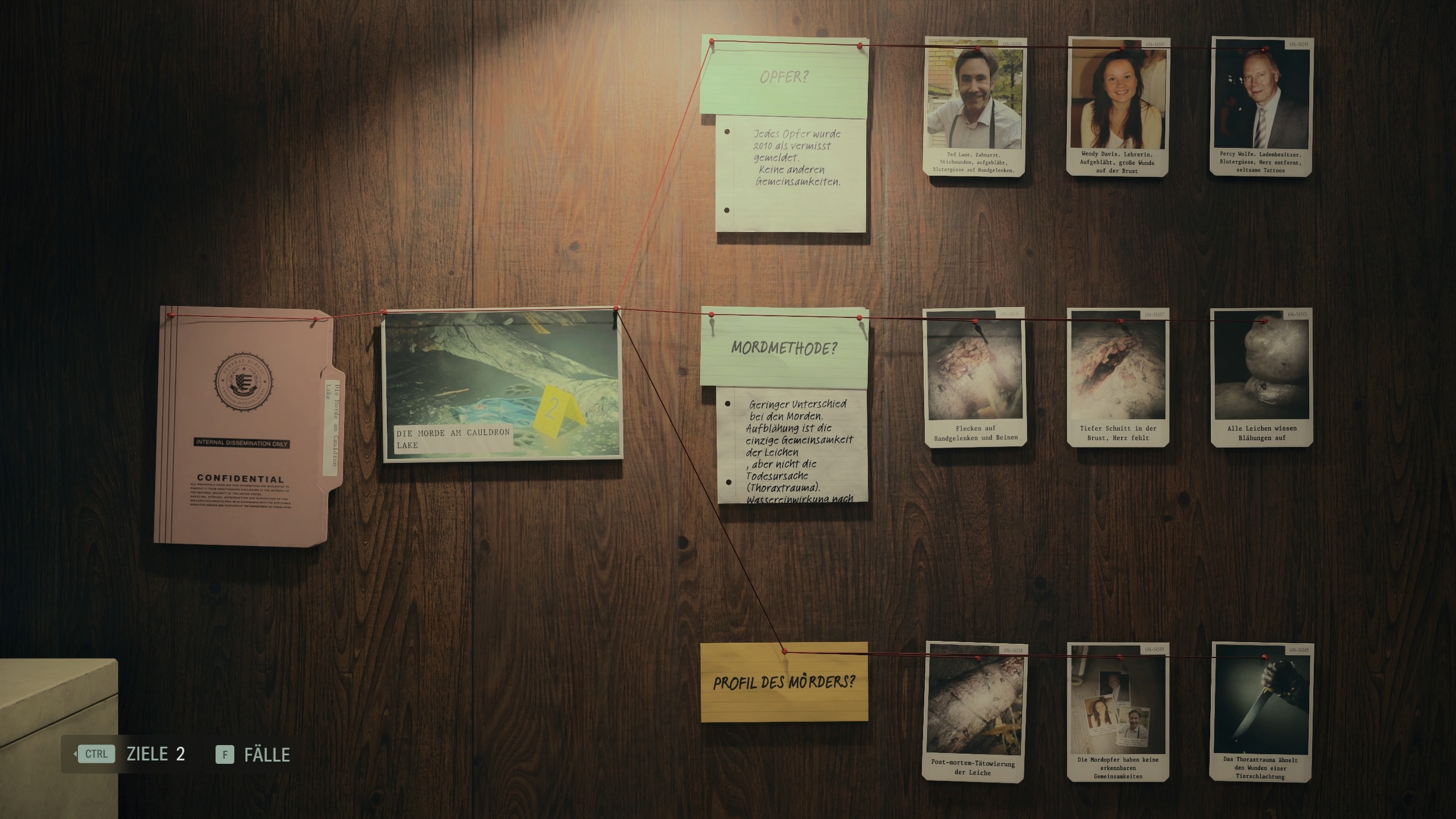
Thanks to Saga”s special perceptiveness and knowledge of human nature, I can additionally delve into the minds of the characters around her with the help of profiling. In the process, the characters also open up secrets to me that they keep from me in direct dialogue.
Especially in the beginning, I”m very happy about these mechanics, especially because it allows me to keep track of the multi-layered plot and to read information about characters or events over and over again. But after just a few hours, I”m already rolling my eyes when I”m once again forced to use the trap table or profiling.
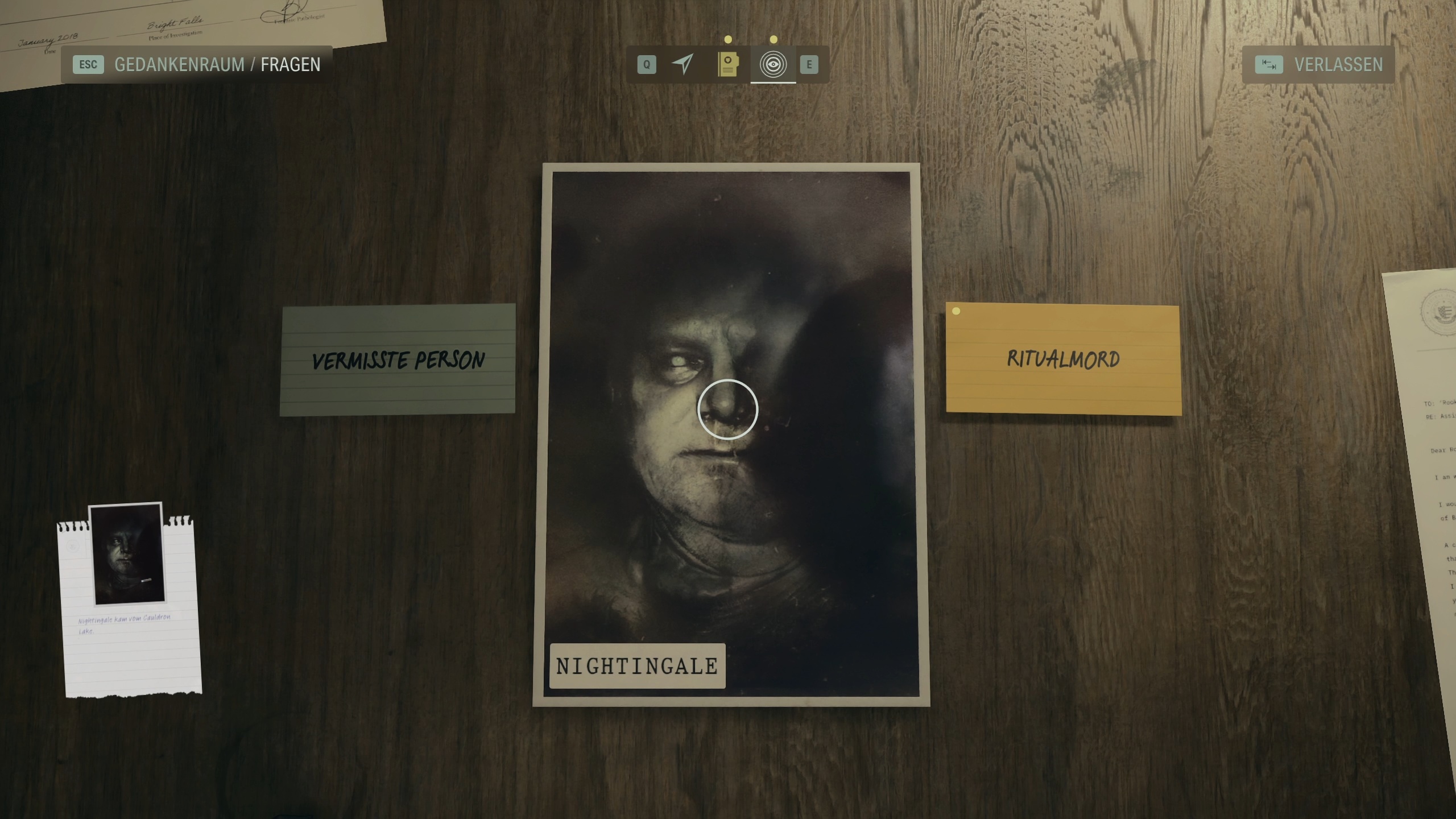
While I already understand what the game is about and what my next steps are thanks to the events in the game, I still have to put the puzzle pieces together for Saga on the board first. This can sometimes take a while, because it”s not always immediately obvious which piece of evidence I have to assign to which question.
Profiling also loses its appeal over time. While at the beginning it was still a helpful means to delve deeper into the interviewee”s mind, it becomes more and more a tiring substitute for a dialog system over time and often repeats information that I”ve actually already received elsewhere in the world – or can simply think of. Alan Wake 2 takes me by the hand too much in places, when I inevitably have to listen to Saga”s profiling explanations before my next objective is unlocked.
Where is Alan Wake?
FBI investigations all well and good, but what”s up with Alan Wake now? Of course, the second part won”t be without its eponymous title character. The writer returns for the sequel, but is trapped in the Dark Place after his alleged drowning, where he desperately searches for his wife Alice and a way out.
The Dark Place takes the form of a gritty version of Alan”s hometown of New York, and so I find myself creeping through rainy streets filled with neon lights, maze-like construction sites, and seedy alleyways where the graffiti-covered walls scream confused references to Alan”s nemesis Scratch and clues to escape. On the back of my neck, I can always feel the shadows accompanying my every step, whispering creepy messages to Alan.
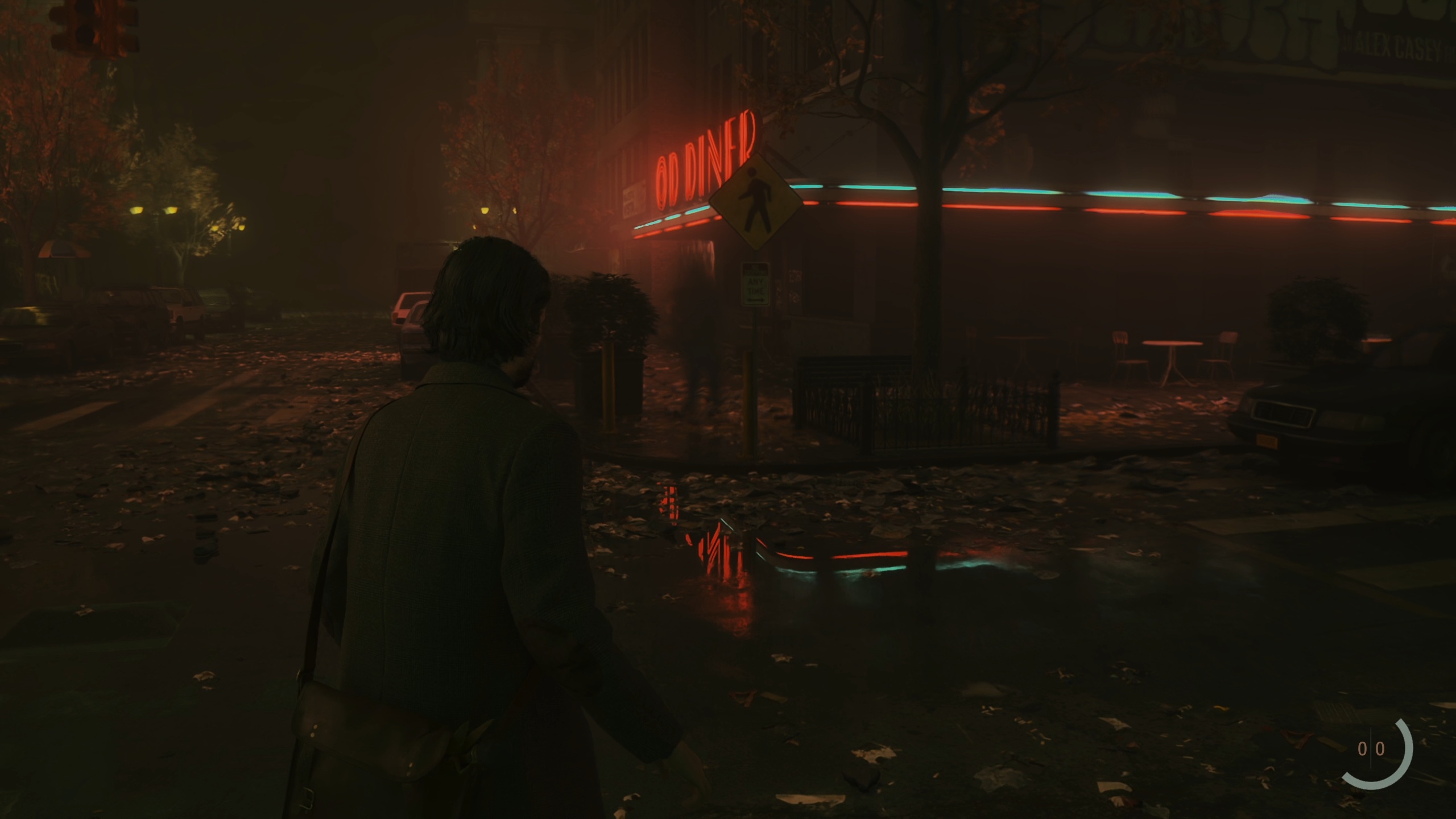
While I was still able to relax with Saga in Bright Falls and enjoy the beautiful autumn scenery in the woods and the first preparations for the deer festival in town, the eerie atmosphere of the Dark Place grabs me from the first second.
Which shadow is just lurking in the dark corner to instill fear in me – and which one is actually attacking me? And what else is hiding in the darkest corners of the Dark Place?
I need to rewrite history
In the second part, the writer”s work is again the linchpin of the story – and this time of the gameplay, too! Not only do I collect book pages that tell me what horrors await me in the near future, as in the predecessor, but I also have to rewrite the story myself to progress in the game.
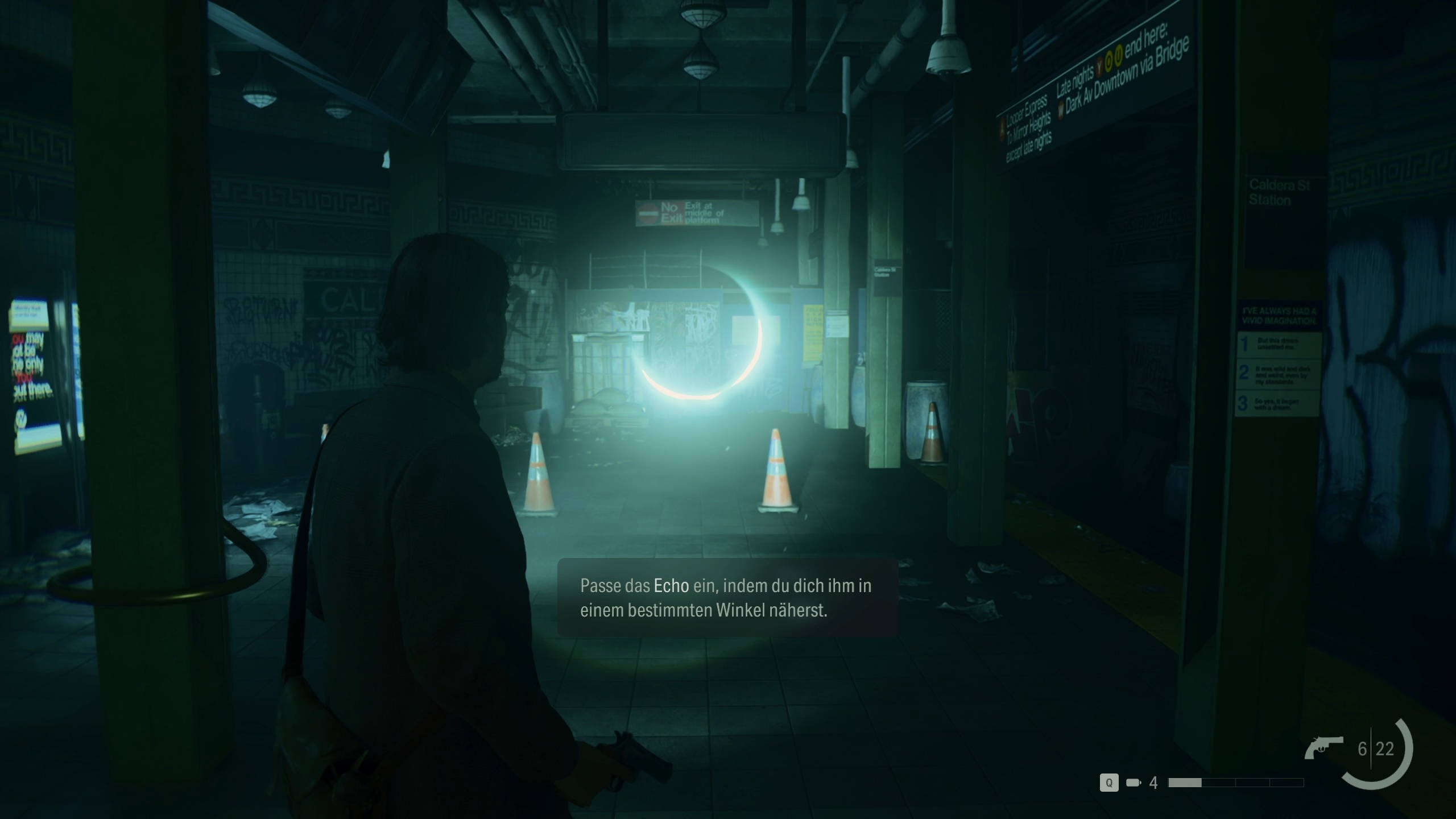
For this, I first need a scene. These are simply places I stumble upon in the Dark Place. For example, if I enter a subway station, a blocked tunnel is unlocked as a scene. I can then view this on a bulletin board in Alan”s Thought Room. Similar to Saga, our writer also has a retreat where he can rewrite the story and thus change the game world.
But to change a scene, Alan needs ideas. I collect these when I come across so-called echoes in the world. These are short dialogues conducted by FBI agent Alex Casey, the protagonist of Alan”s mystery novels, to uncover the mysteries surrounding the cultists and Wake”s disappearance.
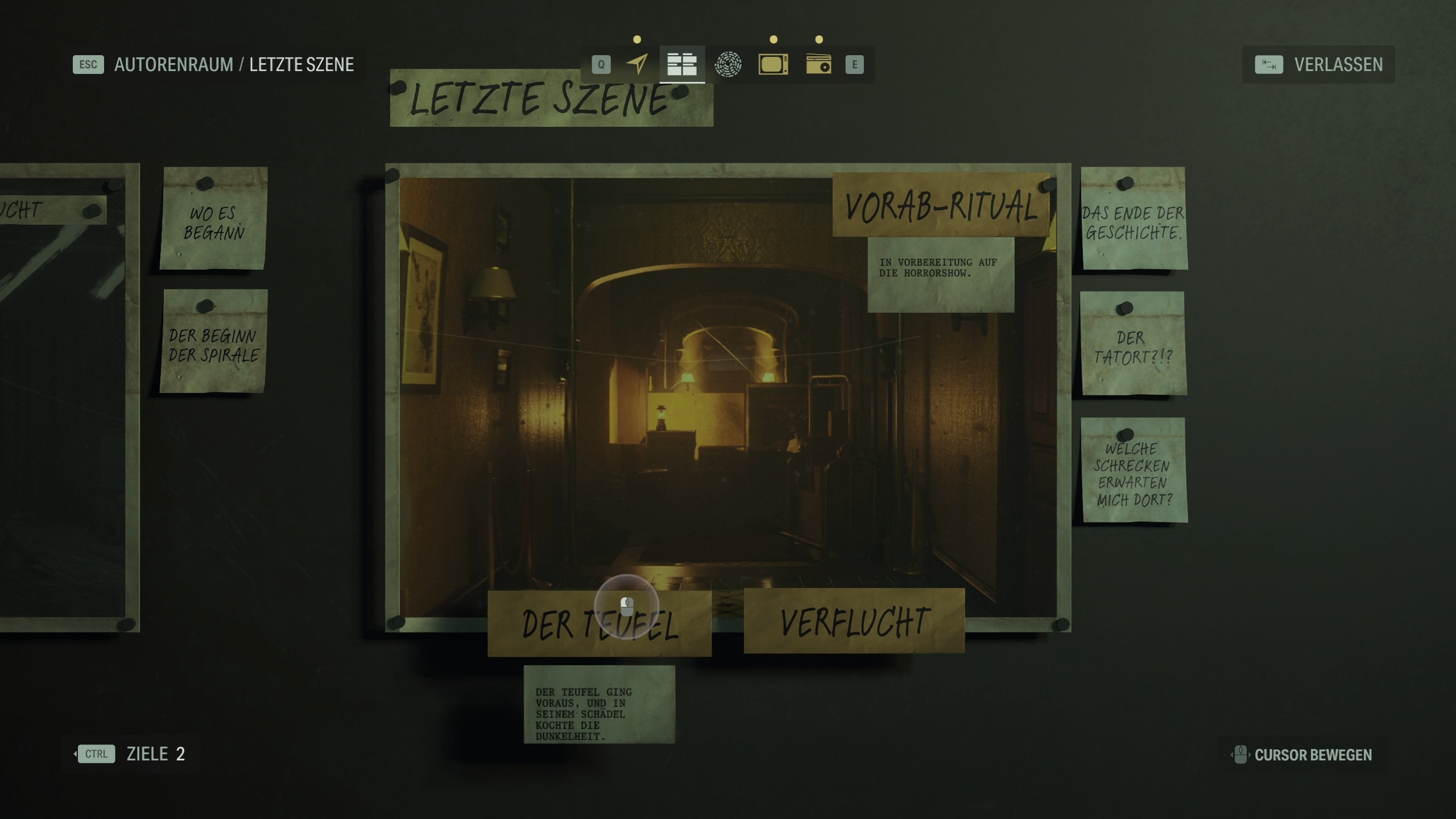
Echos appear as small holes in the world and I just have to position myself at the right angle to fill them and trigger the sequence. Then, once I have an idea and a scene, I can combine them in the thought space and rewrite the story.
While a collapsed tunnel blocked my way before, a passageway now reveals itself. If I”m at a dead end, new clues will appear in the rewritten scenes, or entirely new sections of the level will open up.
But that”s not the only way I can manipulate my game world. Alan carries a helpful little lamp this time, which he can use to collect balls of light and release them again – yes, just like Dumbledore with his Deluminator
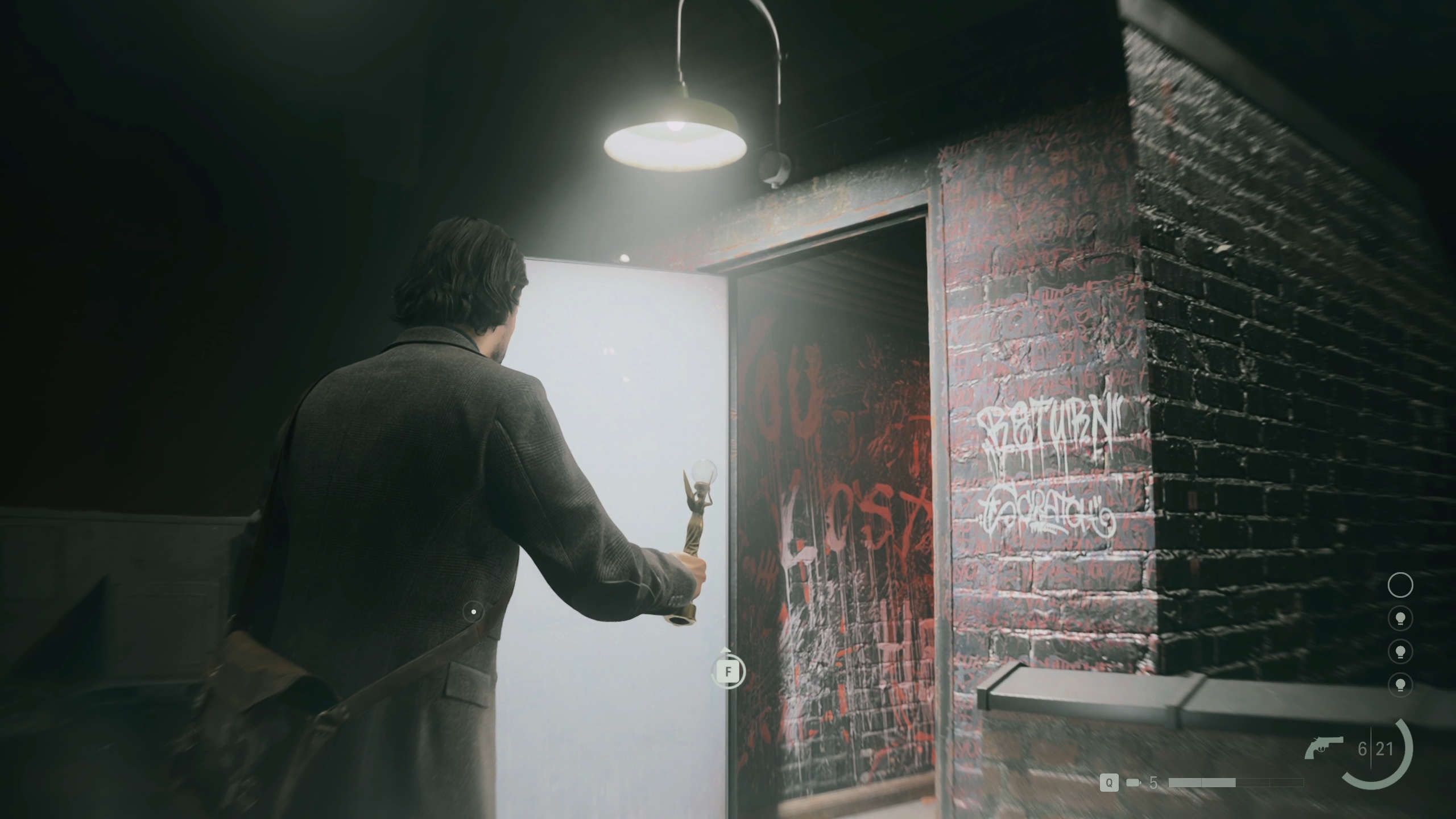
Locations change depending on whether the light is on or off. For example, a door can lead to a completely different balcony with the light off than with it on. A wall disappears, a staircase appears, a gate opens – you get the idea, Alan”s abilities hide little puzzles that I have to solve to progress through the chapter.
Two heroes, two realities
But, Dani, does the action horror game really have room for two heroes at once? I was initially very skeptical about whether the introduction of a new character was even necessary for a game called “Alan Wake”. After only a few hours of playing, however, I became a fan of the saga.
The two narrative threads fit perfectly into the flow of the game. After every two or three chapters, the paths of the FBI agent and the writer cross and I can now decide for myself in which order I want to continue playing the story.

Do I want to experience Saga”s point of view first and then switch to Alan? Or do I want to switch after each level? I can switch realities at the beginning of a chapter in the save room using a cleaning bucket (don”t ask, I don”t know either!).
Thus, from scattered fragments, the overarching story continues to assemble as I follow the individual strands of Alan Wake and Saga Anderson. As time goes on, the realities overlap more and more and I learn why Saga plays a role in Alan”s story, what”s behind the cult killings, and what”s behind the writer”s mysterious abilities.
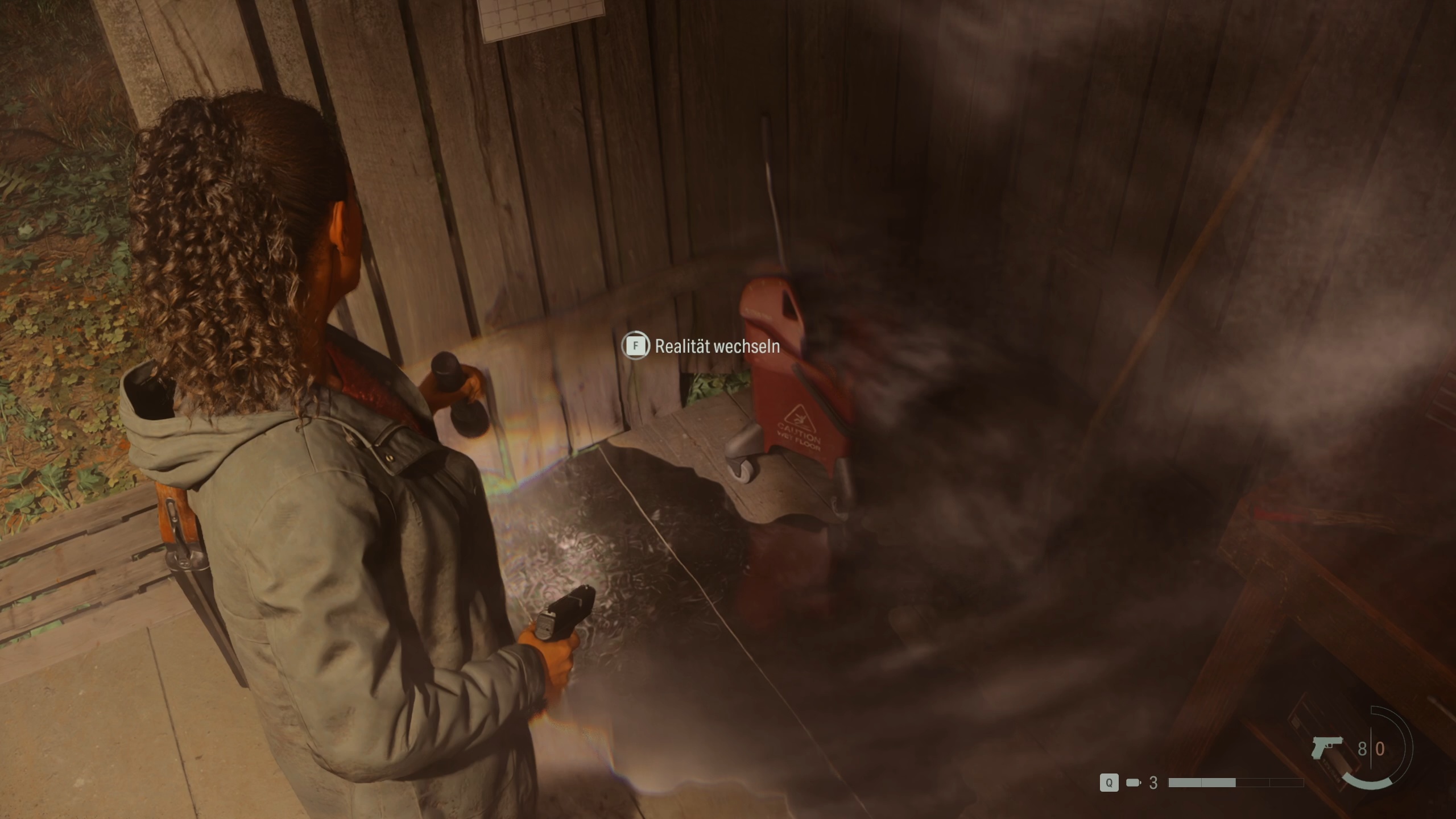
At this point I”m being deliberately vague, because the big focus on the narrative is the core of the game and you”re supposed to experience the twists and revelations for yourself, after all. One thing in advance: The story once again clearly bears the signature of Remedy and seems very confusing and inscrutable in places – the end picks up a lot and puts it in order, but as usual leaves us floundering with a cliffhanger finale. But more on that a bit later.
New climax instead of a simple copy
With the two characters, the developers also avoid the danger that the game environments and thus the gaming experience could become too monotonous. I don”t just get a slightly different version of the first part, but discover previously unseen places in Bright Falls – and completely crazy environments in the Dark Place.
With Saga, I explore the city and its environs in an open world, sometimes finding myself in the fidgety morgue of a police headquarters or searching for clues about the cult among the rusty attractions of an abandoned amusement park, while creepy circus music winds in my ears and darkness-possessed people climb out of a broken fountain (Samara sends its regards!)
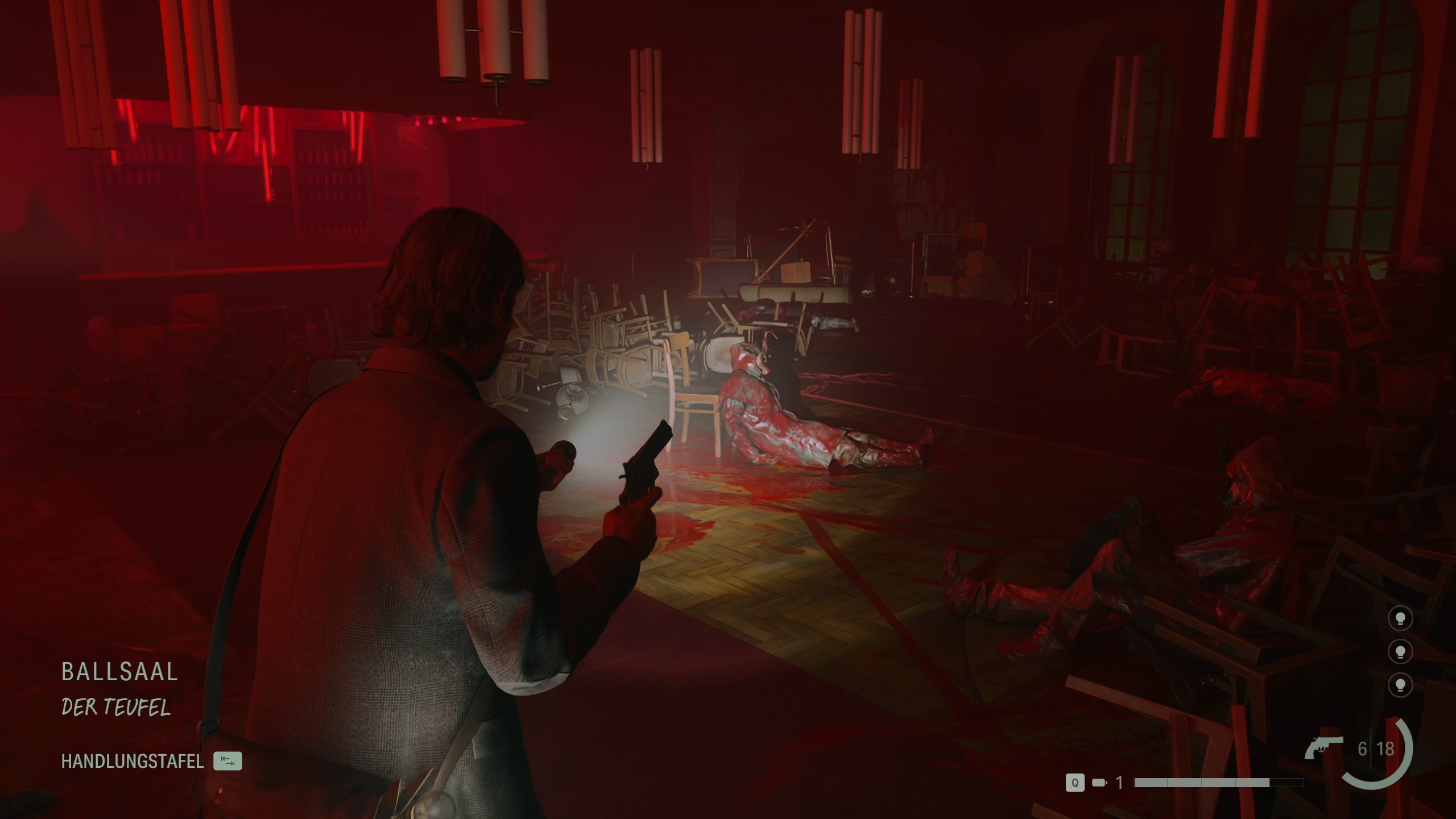
With Alan, on the other hand, I attend a talk show where the clueless author fields questions about his book that he can”t remember. In his old apartment, I catch a glimpse of Alice”s photographs and her own research, which tell me more about the story.
At the Oceanview Hotel (ring a bell?), I follow rivers of wine-red blood through lobbies and hotel rooms with bated breath. And again and again, I stumble into wild and surreal fever dreams, which I won”t spoil for you at this point.
One moment my stomach tightens as I stomp through flooded hallways that trap me in an endless loop, startling at every bubble – the next moment I can”t stop laughing as I listen to the absurdly funny radio broadcasts or watch commercials where the game rewards me with hilarious Easter Eggs. The unique mood and flair are the hallmark of Alan Wake 2.
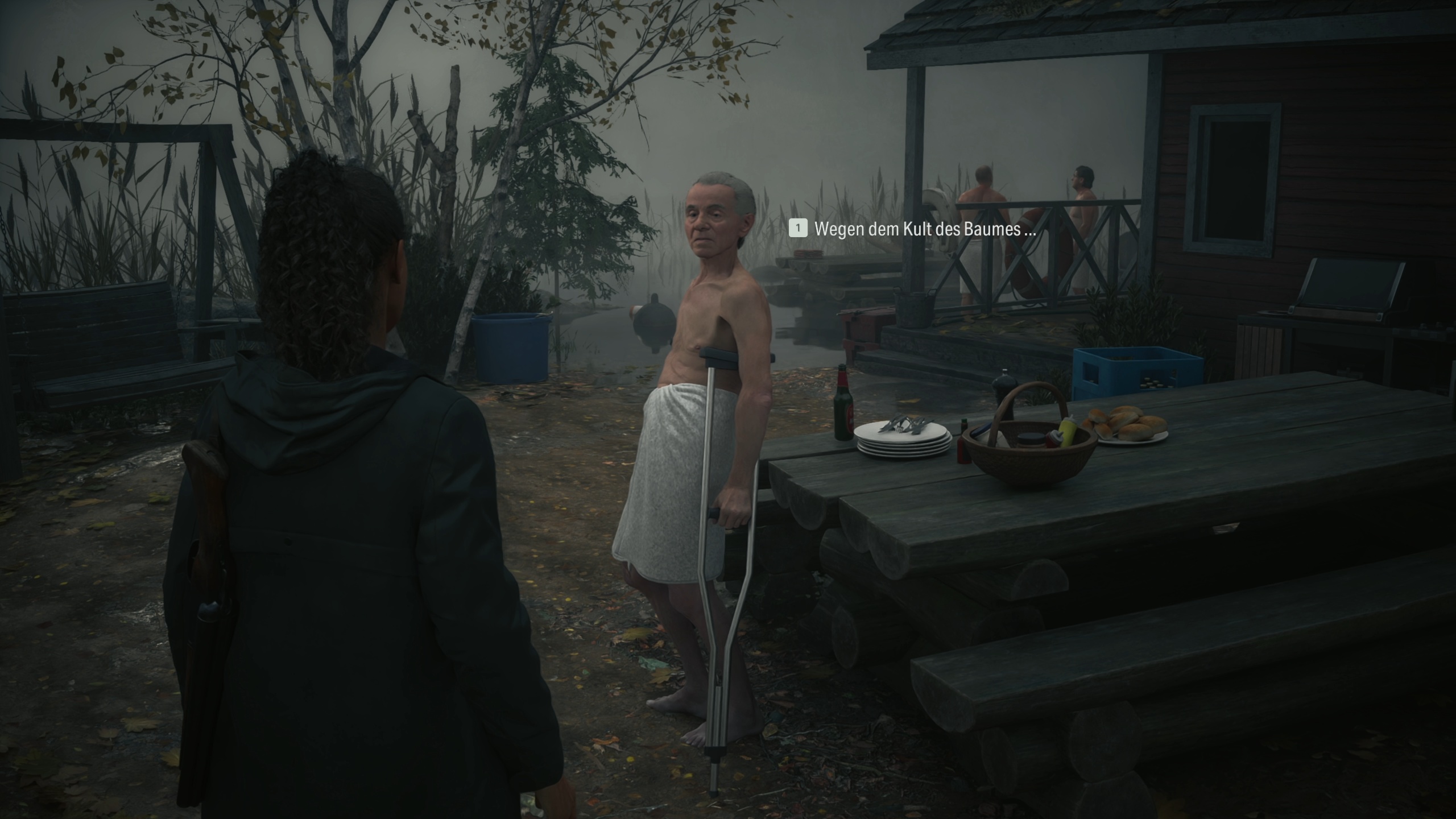
The mix of whimsical David Lynch-esque mystery that confuses me more and more with each chapter, beautiful and atmospheric lighting and shadows, and truly eerie goosebump staging make the game a true atmosphere board.
Here, Alan Wake 2 sets new standards again for me: No other horror adventure has such wacky ideas that will stay in my memory for a long time. Up until today, I”ve always happily told you about the boss fight on the concert stage from the first part, where I could blow up the possessed with fireworks and rock music, but now I”ll talk everyone”s ear off about how great I think the “Initiation 4″ chapter is! Oh, how I”d love to spoil you now!
With light against darkness
Speaking of possessed, we haven”t even talked about the fights yet! The gunfights work much like they did in the predecessor. Saga and Alan are each armed with a flashlight, which they must use to dispel the shadows of the possessed in order to damage them.
Only then can I shoot at the shadowy creatures with either a revolver, rifle, shotgun or crossbow. Additionally, I have little helpers like stun grenades or flares at my disposal. This way I can break all the shadow barriers in a larger radius at once. With my flare gun I can even burst small enemies and take their nearby companions with me. Handy when I”m surrounded by several possessed ones.
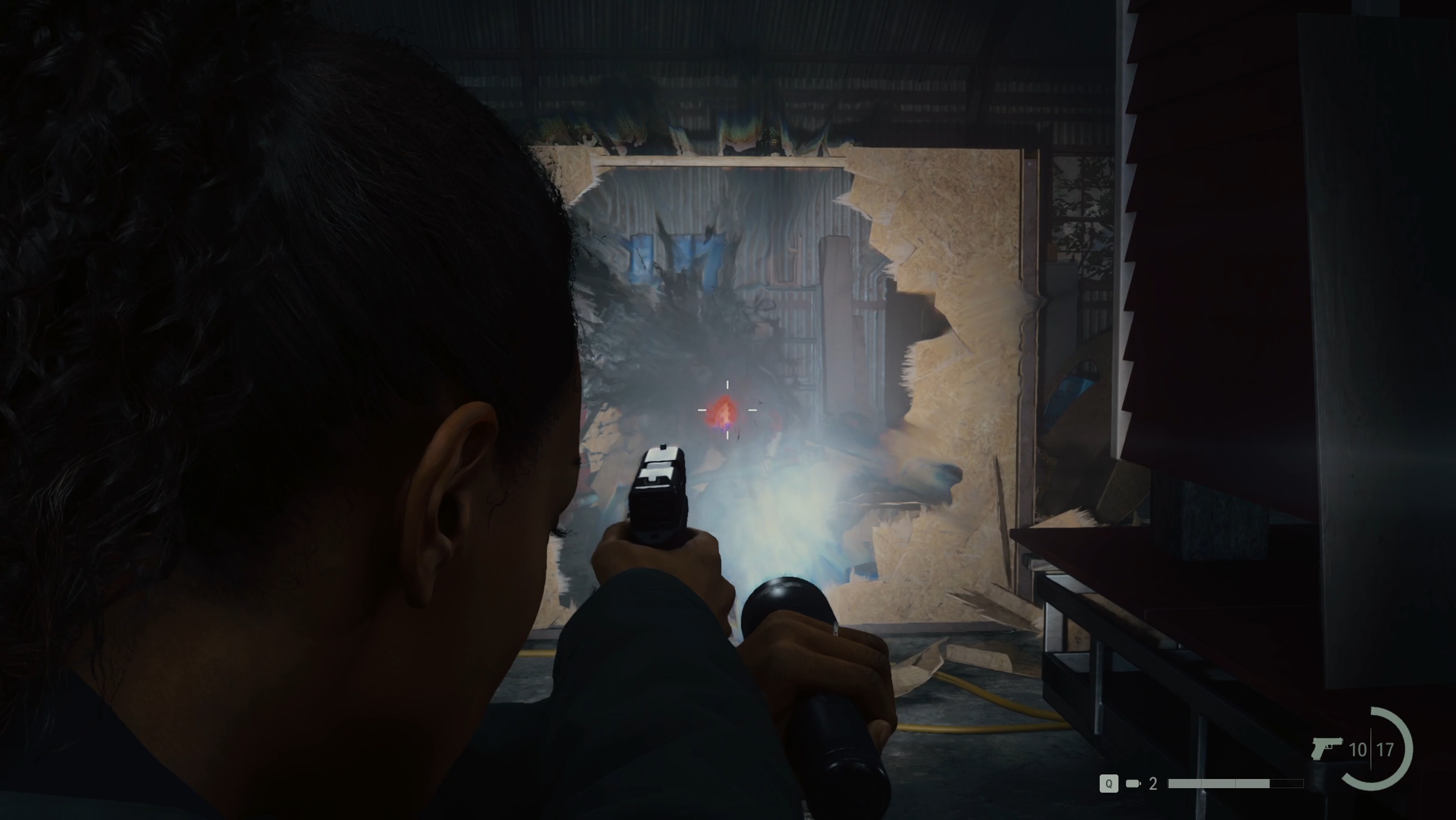
This all feels quite solid, but doesn”t bring a revolution to the action genre. In places, the gameplay here suffers from similar problems that the predecessor already had. Dodging doesn”t always work cleanly, the environments aren”t always ideal for fights – especially the first boss fight was a pain thanks to narrow and unmanageable passages.
The enemies appear every now and then with different looks and attack patterns, but the fights usually always go the same way: light up, dodge, shoot. The boss fights bring some variety, but are also nothing really new. New to the Alan Wake series, on the other hand, are the upgrades to weapons and abilities that I can make in Saga and Alan”s mind spaces.
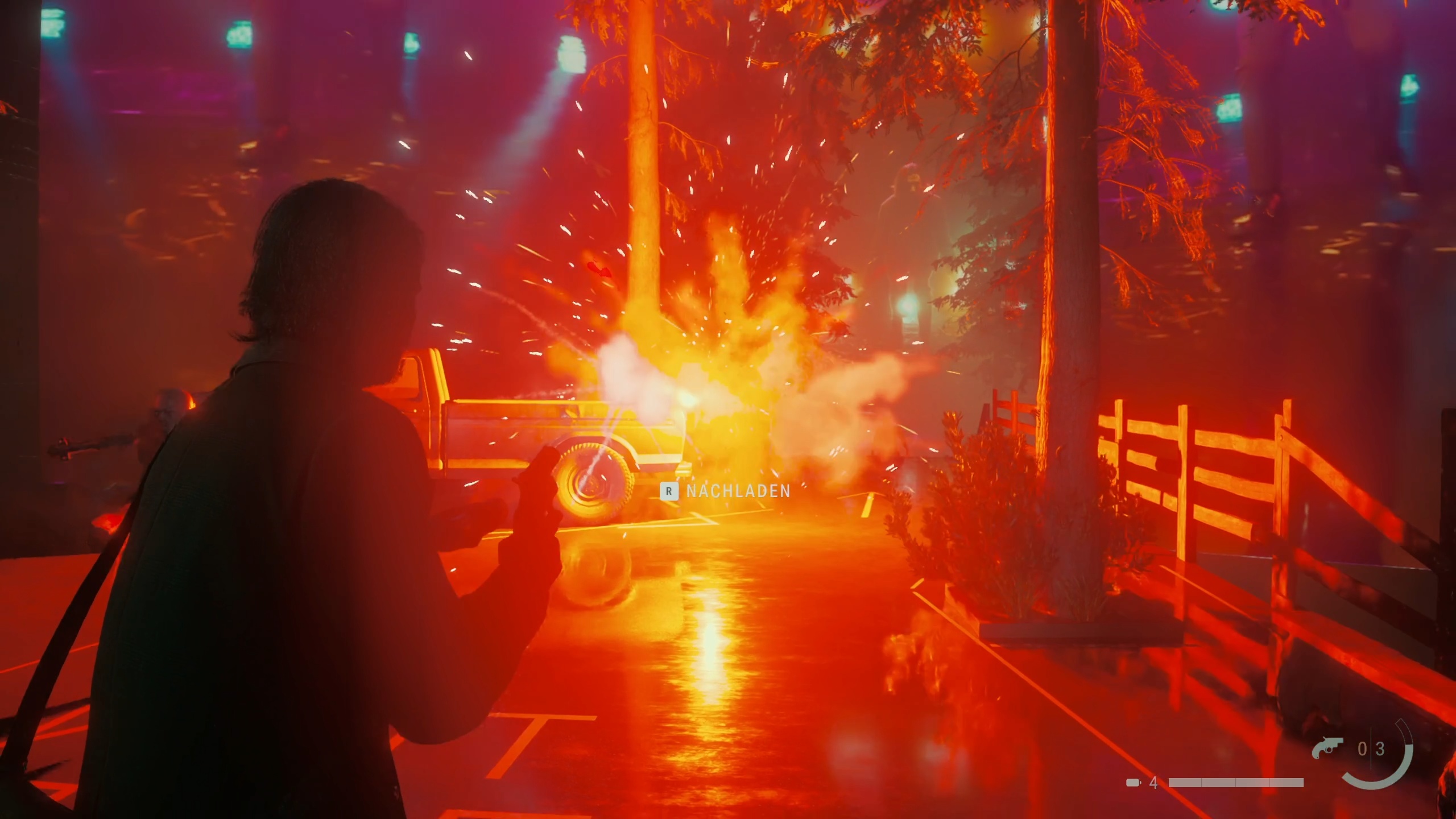
Roleplay light
Saga, for instance, can upgrade her arsenal by finding Alex Casey lunchboxes in the world that contain manuscript pieces. I can spend these to increase the magazine capacity of my pistol or strengthen my shotgun shells so that they penetrate even the shadow protection of possessed people. Talismans also give the agent additional abilities and increase her health, for example. I find the pendants when I solve optional puzzles.
Alan Wake, on the other hand, collects hidden light points that only become visible when I shine a light on them. If I follow yellow arrows in the Dark Place, I find a spiral, each of which gives me a so-called word point. With these points I buy abilities. Words of help, for example, give medikits more healing power, words of gun increase the likelihood of not using up ammo when I shoot my revolver.
This is all quite useful, but it doesn”t hide the fact that the combat isn”t necessarily one of Alan Wake 2”s strengths. The developers themselves probably know this, because at least in the first half of the game, action passages and fights tend to stay in the background.
Especially the first third is very quiet; I spend a lot of time soaking up the atmosphere, solving puzzles and killing a possessed here and there. I rarely have to deal with large hordes, some (short) chapters get by completely without fights.
A word about technology
At this point, here are my own impressions of my playthrough on two different systems, as well as a few words from my colleague and tech expert Kevin
I”m mainly playing on a system with an RTX 4070 with ray tracing, DLSS, and WQHD resolution on the highest settings. The game looks great thanks to great graphics and beautiful lighting effects, and performance is also consistently stable with a few exceptions. Every now and then, however, I encounter micro-stutters, especially when I”m on the road with Saga in the forest of Bright Falls.
But even on my slightly older system with a 2070 Super, the game does surprisingly well. Of course, it loses a lot of its beautiful graphics and looks much duller and washed out on medium settings. But I didn”t get the impression while playing that the performance suffers under the weaker PC.
At this point Nils definitely gives the all-clear:
Happily, the game proves to be clearly less problematic on our test systems than expected.
Sure, you can tell the title was developed with the most convincing visuals in mind, including modern techniques such as ray tracing and in some cases pathtracing respectively, combined with the Nvidia-exclusive features DLSS 3.5 and Frame Generation.
Combining this technology with good scalability, both in terms of visuals and system requirements, is a tough task that Alan Wake 2 ultimately failed at to some degree.
However, I was pleasantly surprised at how smooth the game felt even with hardware close to the minimum system requirements and how good it looked doing so, even without ray tracing. Particularly noteworthy are the mostly very clean frame times and the mostly pleasantly direct gameplay
Nevertheless, as things stand, I have to devalue one point for minor bugs A day one patch already improved a few major bugs, so I was able to finish the second half without any problems, without enemies or my heroes getting tangled on a blade of grass or some echo not activating.

However, there is a deduction for the soundtrack, which jumps back and forth between German and English dubbing again and again. Once I was even able to listen to Alan”s insane monologue in Japanese. (Ha! Study of Japanese is good for nothing, my ass!).
The subtitles also go completely nuts. Often the whole dialog is played at once, even before the words fall in the game, so that the subtitles take up the entire screen. So these had to be turned off again right away. This is very annoying and could possibly cost you important information if you play without subtitles and don”t understand English.
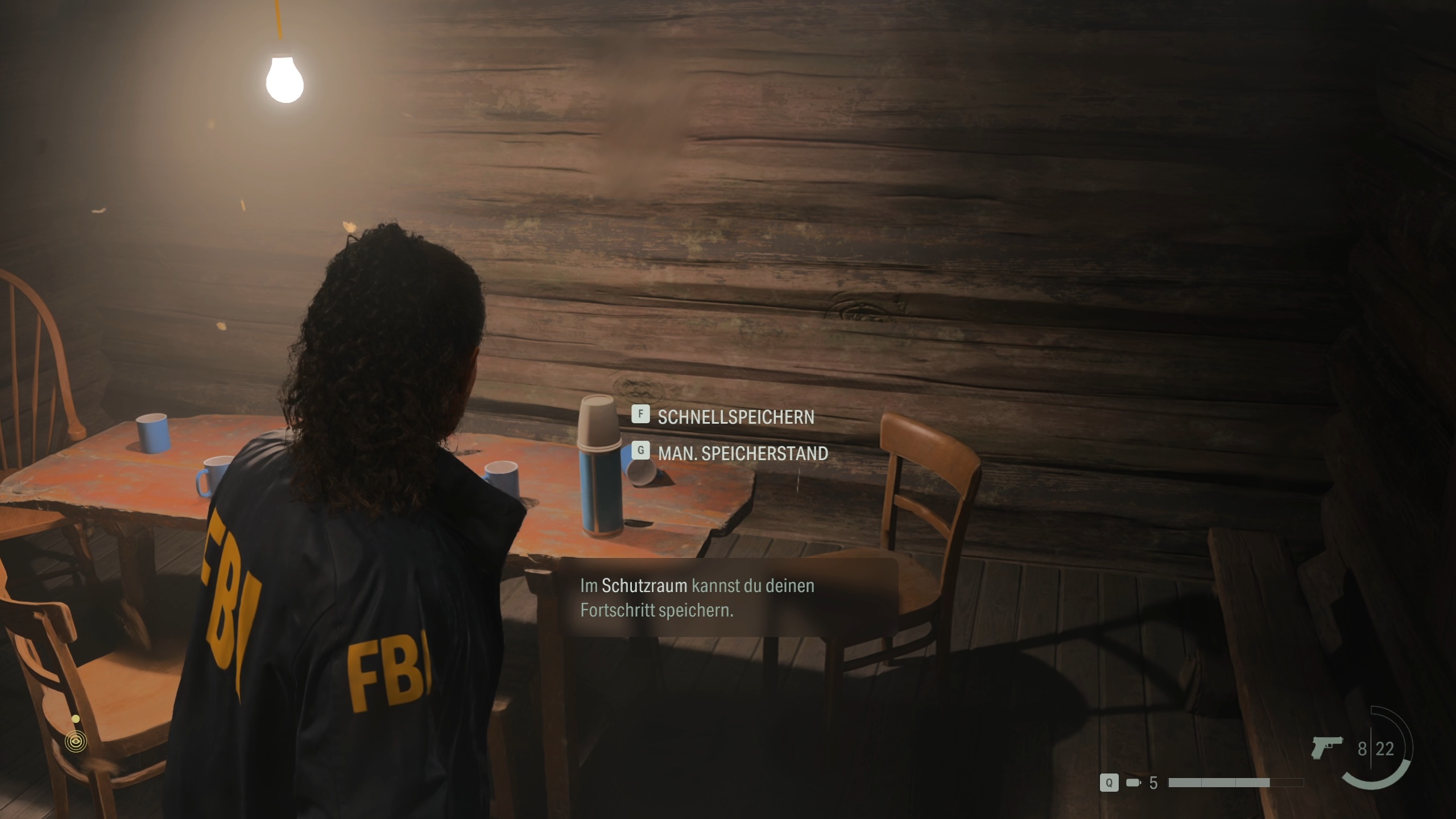
A worthy conclusion for a worthy sequel?
Remedy is known for raising many questions in their games, leading the player astray, creating deep backgrounds and connecting the different games (Control) in a common universe. Alan Wake 2 is no exception to this.
I”m presented with new mysteries every minute, given answers that turn out to be cunning deceptions and raise new questions. Just when I think I finally understand something, the next chapter throws my suspicions back out the window.
I honestly wasn”t sure if Remedy would manage to guide everything into a meaningful ending or if they would get tangled up in all the loose threads and absurdity.
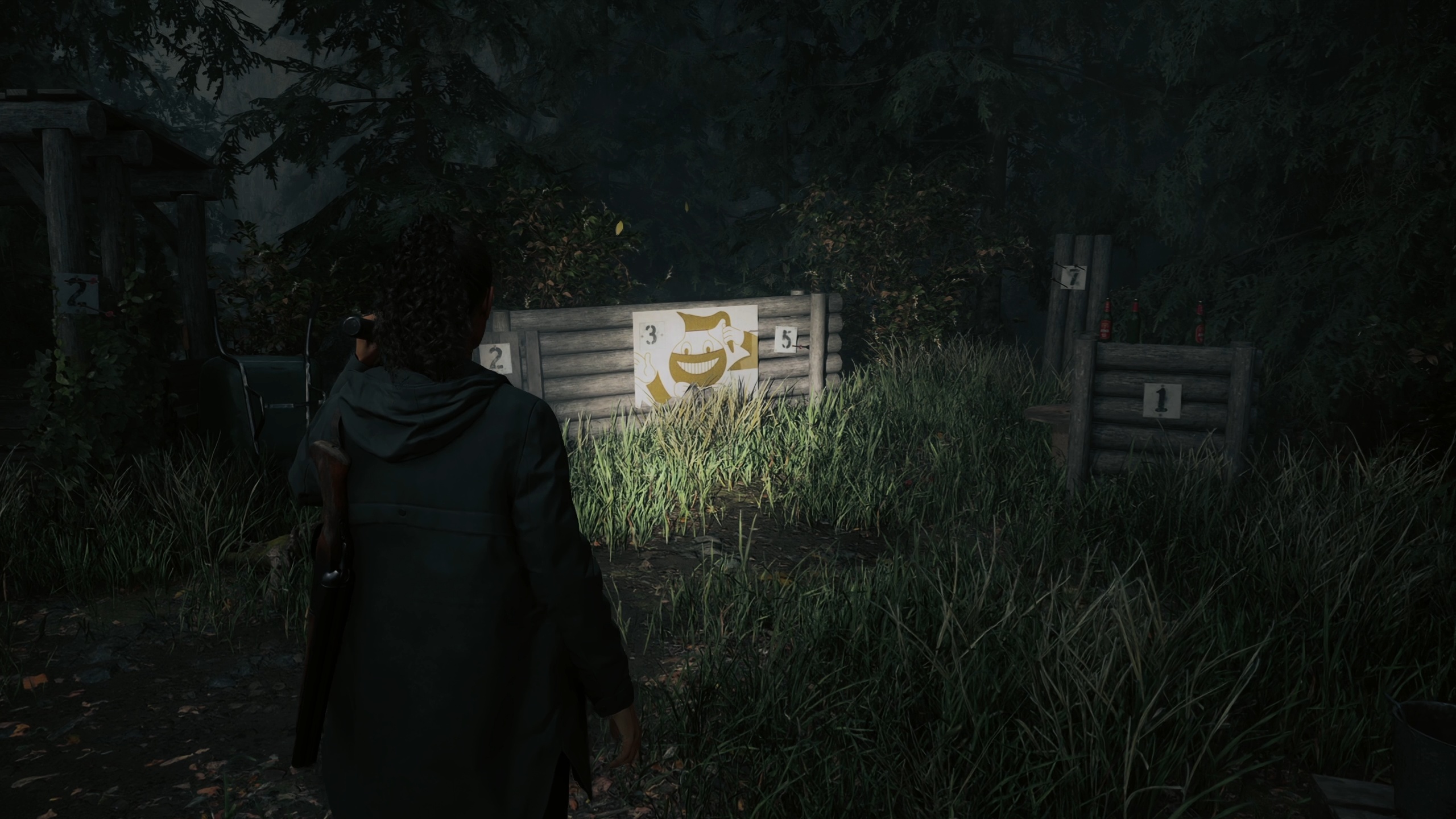
It”s a bit of a mix of both, but one that leaves me feeling very satisfied after 25 hours of play. For the last two or three hours of play after the point-of-no-return, I stopped breathing, that”s how much the game pulls me in.
After each twist, a horrified “No!” escapes me, after each answered question I proudly shout “I knew it!” and at the end I sit speechless in front of my screen with tears streaming down my face.
The finale of Alan Wake 2 brings the horror action game to a worthy conclusion. Even Saga”s drop panel, which actually lost its appeal for me after just a few hours, gets another special appearance that sends goosebumps down my arms.
I would have liked just a tad more action interludes and maybe an additional boss fight. The second half is much more action-packed than the first 17 hours of gameplay. The finale, however, would have felt more rewarding if the developers had included one very last fight between the final boss fight and the credits.
Some questions remain unanswered, of course – some bigger than others. But I wouldn”t have expected anything else from a Remedy game. And on the bright side, the cliffhanger ending stokes my hopes for a sequel! I just hope we don”t have to wait another 13 years for it …
Editor”s conclusion
With no other game have I looked forward to the release so much and at the same time been so afraid of the release as with Alan Wake 2. Because the predecessor belongs to my absolute favorite games and is for me to this day the showcase example of what an atmospheric horror adventure should look like.
Having already burned my fingers on the spin-off American Nightmare, I had actually already made peace with the idea of never experiencing a sequel to my beloved horror game. So when the first trailers for the sequel were released, insane anticipation was joined by skepticism. Can a video game be reasonably continued after 13 years? And what should Alan Wake 2 do so differently that it deserves its own game?
After 25 hours of play, I can say that Alan Wake 2 is everything I hoped it would be – and so much more! Instead of simply being a copy of its predecessor, the action horror game takes me to varied locations where I meet new characters and old acquaintances. Sometimes tears roll down my face from laughter because the dialogs are so absurdly funny and bizarre, sometimes every little noise sends shivers down my spine. Each mission is completely different from the last, and I”m as happy as a child at Christmas every time a new chapter starts. What madness awaits me this time?
For me, Alan Wake 2 even surpasses its fabulous predecessor, but I know that this game is not for everyone. The first third in particular is very dialogue and exploration heavy. I walk through the world a lot, soak up the atmosphere, read through book pages or listen to the radio. Battles and action interludes occur at a much lower frequency in the first 15 hours than in the predecessor.
As fun as the new mechanics and abilities of the game characters are, Saga”s trap table in particular seems quite monotonous and repetitive after a few hours of play. If you don”t fancy puzzles and world exploration and a crazy and confusing rollercoaster ride of storytelling, you”d better give Alan Wake 2 a wide berth.
Remedy fans will get their money”s worth here, though, not least because of the great Easter Eggs from the cross-game universe. Some missions, songs and the finale will surely stay in my head for a very long time.
Now that I”m done testing and writing, I”ve got both hands free again to clutch at the small straw and hope that we can expect maybe more sequels in the next few years besides DLCs … that”s what the ending of Alan Wake 2 alludes to, right? Isn”t it

